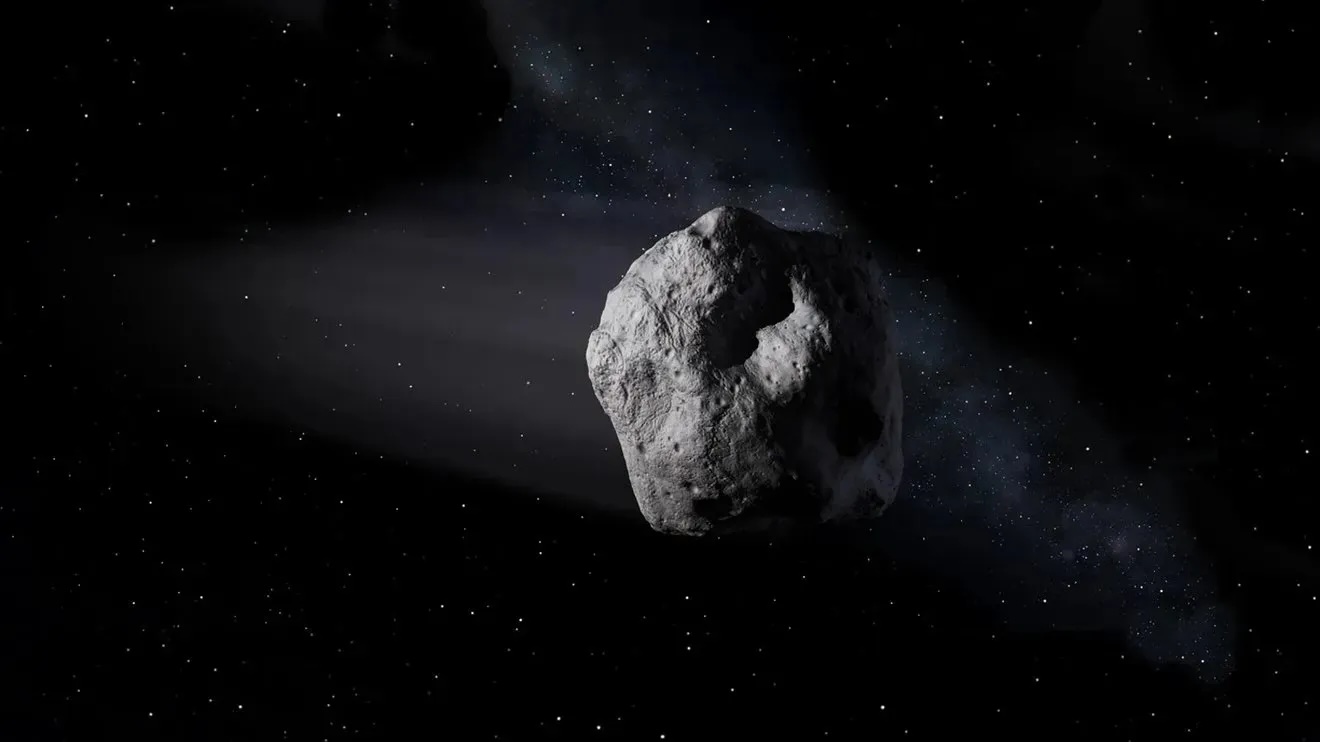When you purchase through links on our site , we may earn an affiliate commission . Here ’s how it works .
Astronomers have key the most upstage sleep together object in oursolar system — a dwarf planet nickname Farfarout that orbits far beyond Pluto . This remote mini - planet swings so far away from the sun that from Farfarout ’s perspective Earth and Saturn front like neighbors .
With an orbit that ’s an average of 132 times the aloofness betweenEarthand the sun , or 132 astronomic units ( AU ) , it beats " Farout , " the previous platter holder for most - distant solar aim ; Farout orbits the Lord’s Day at an average of 124 A.U. Farfarout ’s technical name is 2018 AG37 , and it will belike get an official name as a dwarf planet down the route .

This GIF shows the motion of Farfarout, highlighted, between Jan. 15 and Jan. 16 2018, as seen with the Subaru telescope.
While this space rock is big enough to take the assortment " dwarf planet " and far , far out in thesolar system , it ’s nowhere near monolithic enough to be satellite 9 , the theoretical aim astronomers were searching for when they found it . Planet 9 is believed to orbit well beyond Neptune , if it survive , and have a good deal many time that of Earth ’s that has leave it to stretch and garble the reach of other outer - solar organisation objects with itsgravity . Farfarout does n’t have the bulk to calculate for that stretch and warping .
Related:5 reasonableness to worry about asteroids
To get a sense of just how far away 132 AU is , consider the vast aloofness between Earth and Mars . As Live Science has cover , even during ideal conditions using a currentNASArocket the journey between the two planet would take month . But Mars orbits just 1.524 AU from the sun . Seen from Farfarout , the journeying between Earth and Mars would look the same as a flying from Miami to Albuquerque would face to an beholder on the moonlight .

Farfarout does n’t just pay heed out at 132 AU , however .
" A single orbit of Farfarout around the sun assume a millennium , " David Tholen , an astronomer at the University of Hawaii and carbon monoxide gas - discoverer of Farfarout , said in a statement . " Because of this long orbital , it move very slowly across the sky , ask several years of observance to exactly determine its trajectory . "
— 10 Interesting places in the solar system we ’d like to visit

— Voyager to Mars bird of passage : NASA ’s 10 not bad innovation
— The grounds for ' Planet Nine ' in our solar arrangement ( verandah )
Two twelvemonth of observations have reveal that Farfarout ’s path around the sun make a long ellipse . At its closest , Farfarout plunge to a simple 24 AU from the Sunday , closer to the sun than the orbits of Pluto and Neptune . But at its furthermost , it reaches late into space , 175 AU from the sun . That ’s about 0.06 % of the journeying to the near star .

The researcher estimate that Farfarout is about 25 mile ( 400 km ) wide , which would make it among the smallest of the dwarf planets . It ’s potential , the researchers read , that more such objects will turn up as engineering for detecting dim , remote rocks improves and researchers continue hunting for the cryptical Planet Nine .
Originally published on Live Science .












